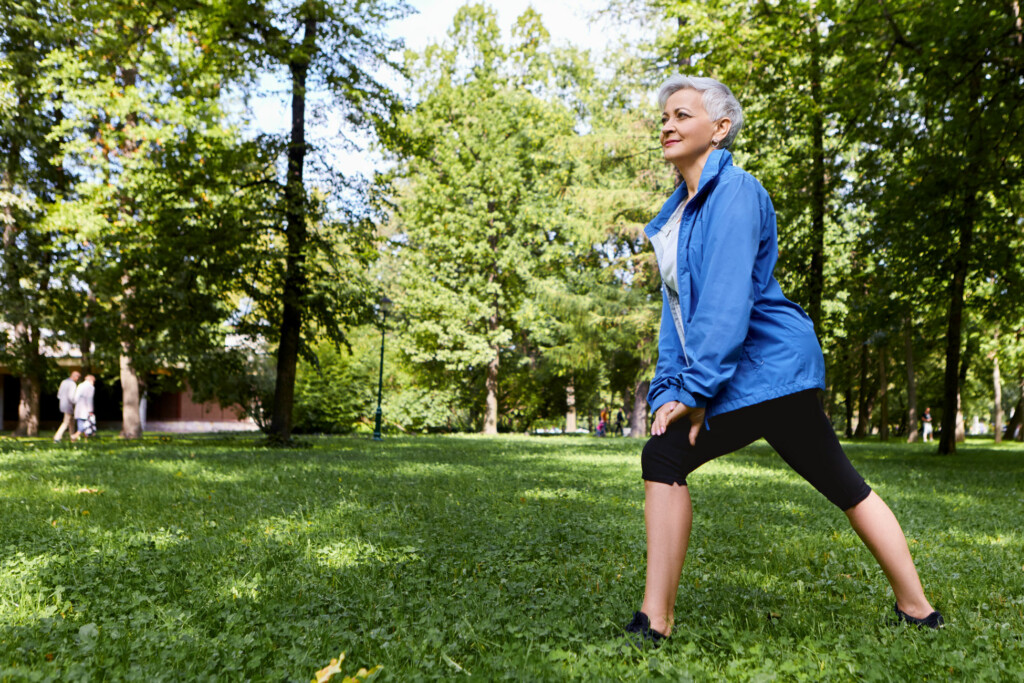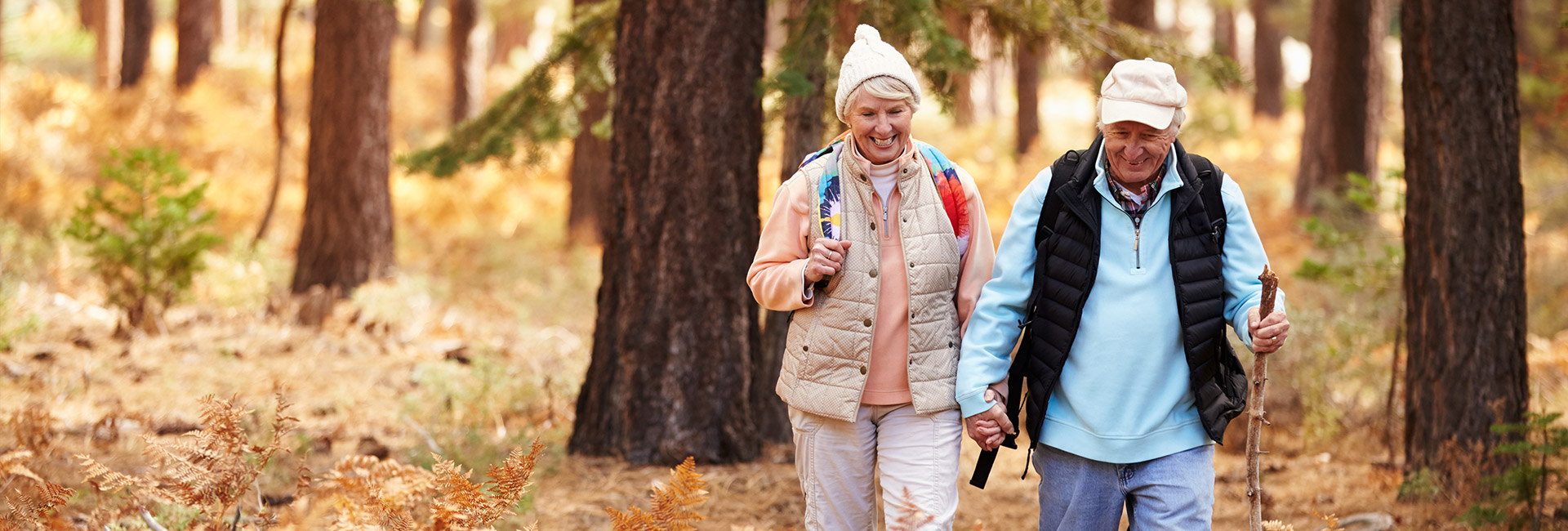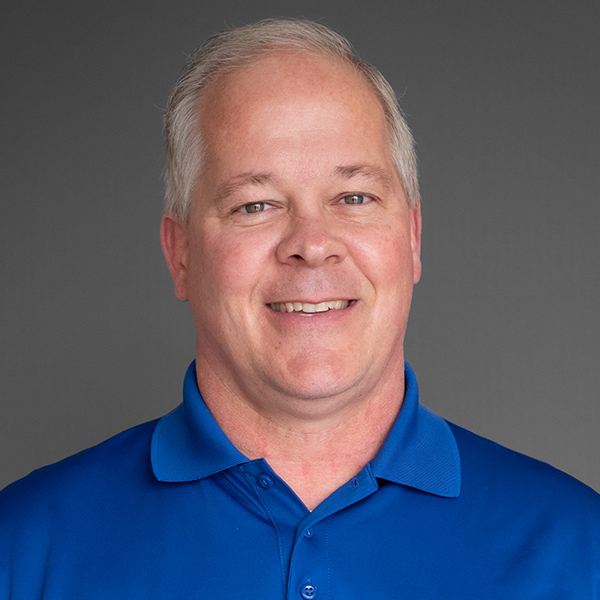I was visiting my dad a few years ago shortly after he turned 88 years old. Like many do, he had expressed his desire to remain in his own home until he passes from this life. As a physical therapist, I knew there were certain things he would need to be able to do in order to fulfill that desire and as we were standing in front of his house one day, about to step up to the front door, he dropped his keys.
I could have easily bent down and picked them up, but instead I just stood there and watched. I wanted to see how he was going to solve this without help. After a few minutes he was able to pick up the keys.
Aging in place is defined by the U.S. Centers for Disease Control and Prevention as “the ability to live in one’s own home and community safely, independently, and comfortably, regardless of age, income or ability level.” There are many benefits for seniors aging in place, and if you plan ahead and prioritize your health and fitness, there’s a good chance you can stay put and enjoy your golden years at home.
Independence depends on being able to physically do the things you need to do in order to care for yourself. Basic tasks can become challenging with age, but by committing to working these 5 movements into your daily routines, you can increase your strength and mobility and as a result, your safety at home.
Sit to Stand/Squatting
Something as seemingly simple as picking up your keys when you drop them can become overwhelming without the strength and mobility to support yourself. Utilize a chair or bench and practice going from standing to sitting and back again without using your hands. When you’re ready for a bigger challenge, practice going from standing to a squatting position and back again without a chair or bench.
Steps/Stairs
My dad grew up with horses; he loved them. As the family gathered at the farm during that recent visit, I sat with my dad in the shade. He was watching his grandchildren and great grandchildren ride horses, smiling as the little ones enjoyed being lead around on horseback around the pasture. When he leaned over to me and said, “It’s my turn. Do you think you could get me up on the horse?” I smiled. Heck yeah!
I knew it would be hard and some would question my dad’s wisdom of getting up on a horse at his age. But my motto in life is to spend it living and doing the things you love. To get onto his horse he needed to be able to step up the pine pole fence, like climbing a step ladder. He did it! I planned to lead him around the pasture like we had done with the little ones, just to be safe, but as we started to walk around, my dad pulled the reins and said, “I’m not a kid you’re not leading me around.” With that he rode off on his horse. As it ended up this was the last time he rode his horse. I am grateful he had the leg strength to step up the fence that day.
To ensure you maintain the leg strength you need to maneuver up a few steps or a flight of stairs, or possibly even up a fence much like you would a ladder, practice often! Hold onto a railing and step up onto and back down off of a step, alternating which leg leads.
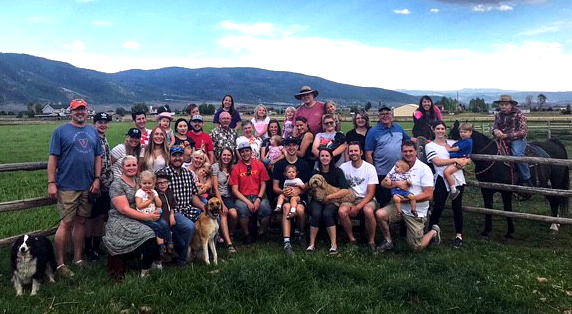
Cardiovascular Fitness
My dad knew he needed to keep moving to stay healthy and strong. During the Utah winters, getting the cardiovascular load he needed in order to stay active became much harder. He loved watching the Utah Athletics, the Jazz, boxing and good movies – particularly westerns. Cardio was boring to him but when we combined it with his passions, we had the solution. He purchased a recumbent exercise bike that did not take up much room and allowed him to get 20-30 minutes of cardio in while watching something he enjoyed.
Consider the things you love to do and find a way to match it to some form of cardiovascular conditioning. Equipment such as a treadmill or exercise bike does not need to be expensive or fancy to do the job.
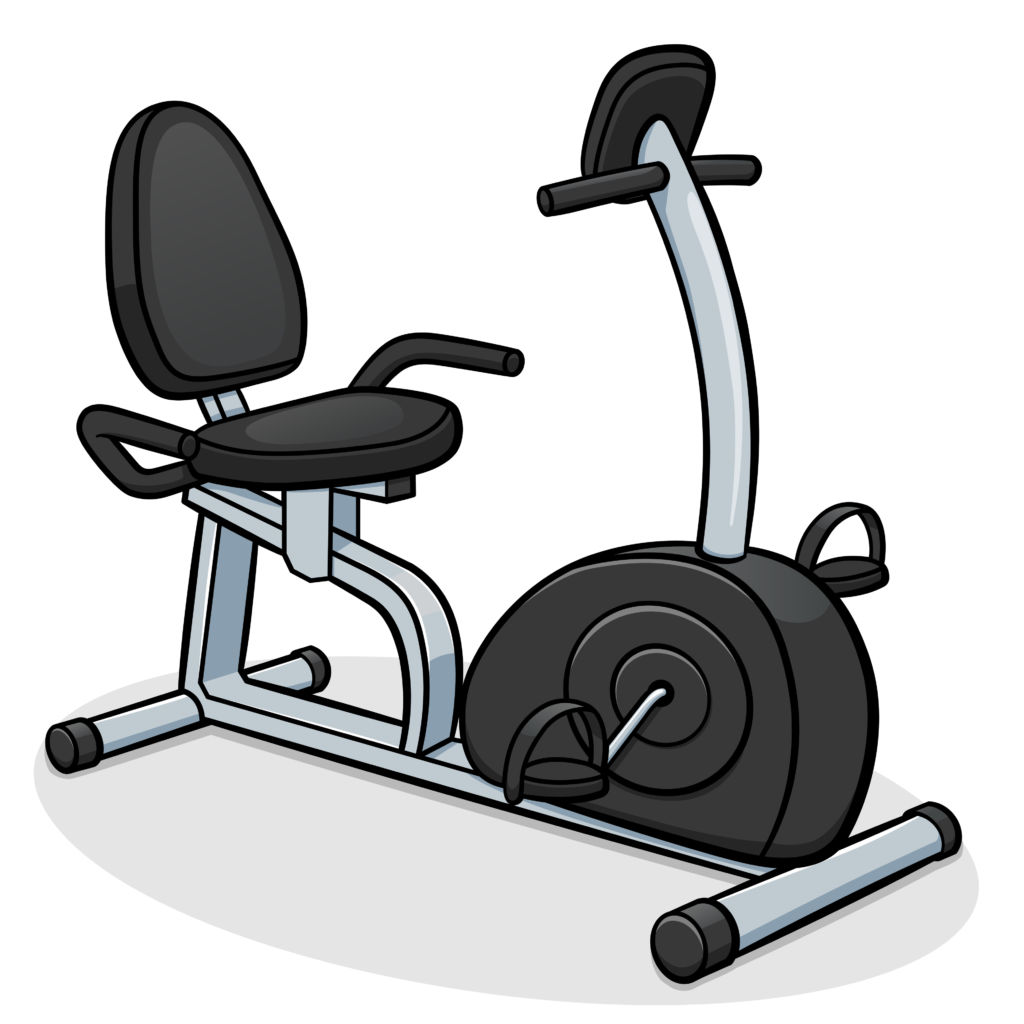
Push/Pull/Carry/Lift
For years I have taught patients that to be successful with an exercise/movement program you need to keep three things in mind: what do you enjoy doing, who can you do it with (accountability), and how easy is it to access the activity. For my dad, boxing fit the bill. We set him up with some resistance bands and away he went. For the past 10-15 years this was his mode of exercise.
Physical strength requires that we exert a load on the body. Choose an activity that includes movements that support your ability to push/pull/carry/lift, which are often required for everyday activities such as lifting and carrying groceries, using a screwdriver, pushing the snowblower, pulling the garbage can, opening doors, transferring laundry and more.
Balance/Functional Mobility
Life has a way of going sideways at times and so should we. Movements in life are not always forward and backward but combinations of movements. Many of the daily activities we engage in require rotational or lateral movements. Home repairs might require us to be kneeling working under a sink, sitting reaching to the side or stepping around/over an object. Balance and functional mobility are required. We don’t need to walk in circles, but I recommend walking in figure-8s, side stepping and shifting weight forward/backward and side-to-side.
One of the gathering places in my parents’ home was the kitchen counter, which with seven siblings to accommodate, was about 12 feet long. One of mom’s exercises was to walk laps around the counter for five minutes one direction and then five the other direction. Then she would sidestep the length of the counter multiple times. Be creative and use what you have in your home. Also, it’s easy to add balance work to any exercise by simply pausing to stand on one foot for few seconds at a time and increasing the time as you’re able.
It is important for people to talk to those around them about their needs, especially as they navigate the unknowns of aging in place. And if you’re someone who can, be available to help those around you.
My mom and dad were always serving others, which is why I wasn’t surprised by my dad’s report when I called to check on him a few years ago when the snow had really been coming down in Utah. He laughingly reported that he had been out removing snow from his neighbors’ driveways with the snow blower.
Human connections are crucial. Living more than 600 miles away from my parents meant we relied on phone calls and technology to remain connected. During the past few years, technology has been critical to helping us stay connected with others. I did not realize it until writing this blog, but 10 years ago I was engaging in something that is now a part of my physical therapy practice — telehealth.

I would visit with my parents and other family members via technology and provide instructions and care so they could remain active. If you or someone you know is unable to travel, there may be the option for you to use technology and receive telehealth as an option to improve your health and wellbeing.
Everyday I express this statement to my patients: “You are a sum total of your life experiences and yours are different than mine. How can I help you stay active and meet your movement goals?” Three years ago, when I repeated this to my dad for the millionth time, he said something I had never heard him express previously. As he was in the hospital, us not knowing what was happening with his health and why he had deconditioned so quickly, he said, “I guess I won’t ever make it to South Africa to go on the safari.”
I had never heard my dad express a desire to go on a safari. I shared this with my older brother, and he confirmed that 20-30 years earlier our dad had expressed the desire to go on safari.
Now here we were, his health failing, and his thoughts focused on the trip that might never happen. My response was what it is to others, and how I have tried to live my life — it is better to aim for the stars and miss than at nothing and miss. I told my dad that when he got out of the hospital he needed to choose to go to therapy, to get active and get moving and then go on a safari.
That is a story for another day, but here is one of my favorite photos of my dad fulfilling a lifelong dream, proving that movement matters, and it can help you achieve your goals.
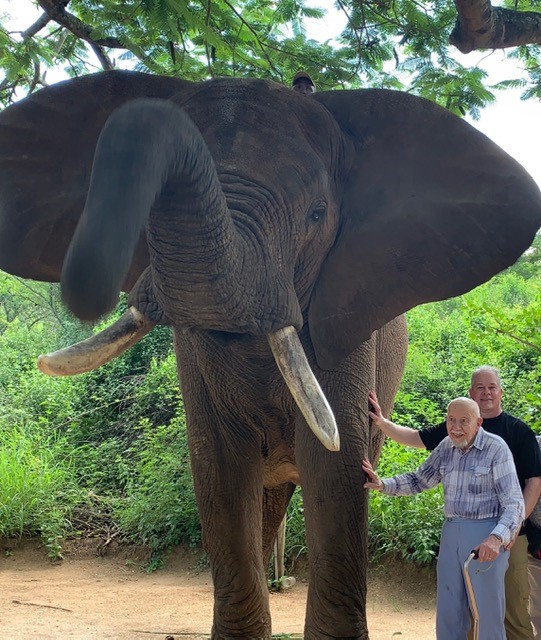
We look forward to being a part of your healthcare team.
Aging in place requires planning, ensuring that as you grow older you’re able to take care of yourself and have the resources in place to support you before it becomes urgent and life changing. As physical therapists, we are dedicated to helping you maintain your strength and mobility to optimize your ability to stay in your home and enjoy the things you love. We look forward to being part of your healthcare team.
